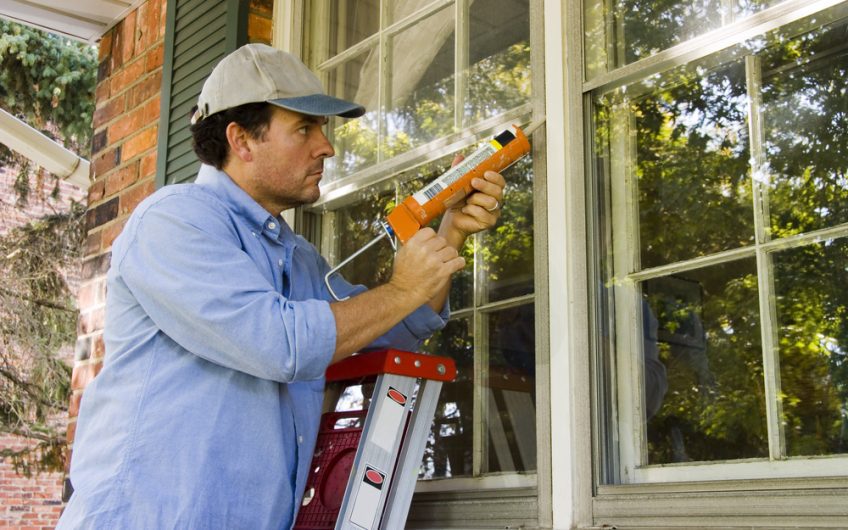
Being a landlord comes with the responsibility of ensuring that your rental properties stay in good shape. This not only protects your interests but also helps attract reliable tenants and keeps your existing tenants happy.
Here is a quick guide outlining best practices to help you maintain your reputation as a dependable landlord.
Landlord's legal responsibilities
It is important to understand that, as a landlord, you have a legal requirement to maintain your property's upkeep and meet specific standards. This includes taking care of both the interior and exterior of the property, as well as performing necessary maintenance and repairs. One recommended best practice for landlords is to conduct a pre-tenancy inspection, focusing on the following:
Structure and Exterior:
Inspect the overall structure of the property, ensuring there are no visible issues that could affect its safety or integrity. Pay attention to any cracks, leaks, or signs of damage.
Drains, Pipes, and Gutters:
Conduct a thorough examination of the drainage system, pipes, and gutters to ensure they are functioning properly and are not blocked or damaged.
Basins, Sinks, Toilets, and Baths:
Check the condition of all sanitary fixtures, including basins, sinks, toilets, and baths. Make sure they are clean, in good working order and free from leaks or other issues.
Heating and Hot Water:
Check that the heating system and hot water supply are functioning correctly. Have boilers and other heating appliances serviced regularly to ensure safety and efficiency.
Gas Appliances and Electrical Wiring:
Make sure gas equipment is safely installed and maintained by a Gas Safe engineer, have a registered engineer do an annual gas safety check on each appliance and flue and give tenants a copy of the gas safety check record before they move in or within 28 days of the check.
Landlords must carry out an Electrical Installation Condition Report (EICR) on all rented properties. It will include electrical wiring, sockets, fuse boxes and other fixed electrical fittings at the property.
Damp and Mould:
Be vigilant about identifying any signs of mould or dampness within the property because they can have detrimental effects on both the structural integrity of the building and the health of tenants. Address any issues promptly.
Conducting these inspections before and after each tenancy demonstrates your commitment to providing a safe and well-maintained rental property, which can greatly enhance your reputation as a landlord.
Tenant responsibilities
Tenants have certain maintenance responsibilities as well, including cleaning and basic tasks like changing lightbulbs and smoke alarm batteries. They are also accountable for damage caused by their guests and personal belongings. However, the specifics can vary based on the tenancy agreement. Allowing tenants to decorate can reduce your maintenance duties but make sure they understand the need to repaint to a neutral colour at the end of the lease. Encourage them to report issues quickly. This builds trust, helps resolve problems swiftly and ensures tenant satisfaction while minimising potential damage or the potential for disputes.
A few extra tips
Emergency repairs should ideally be addressed within 24 hours. Routine repairs, on the other hand, generally should be completed within three to four weeks.
While wear and tear is inevitable, it's crucial to assess it appropriately to determine the necessary repairs.
One effective way to minimise maintenance is by installing durable fixtures right from the start. Furthermore, it is essential to maintain a detailed inventory of the property and actively encourage tenants to report damages as soon as they occur.
Regular property inspections should also be conducted every three to six months but be sure to give the tenant reasonable notice.
Considering professional property management services is also worth exploring. Hiring a property management company can help streamline the handling of maintenance and inspections.
Thinking of letting a property? Here at Key Property Consultants we are client-driven in everything we do. Find out more about us here.









